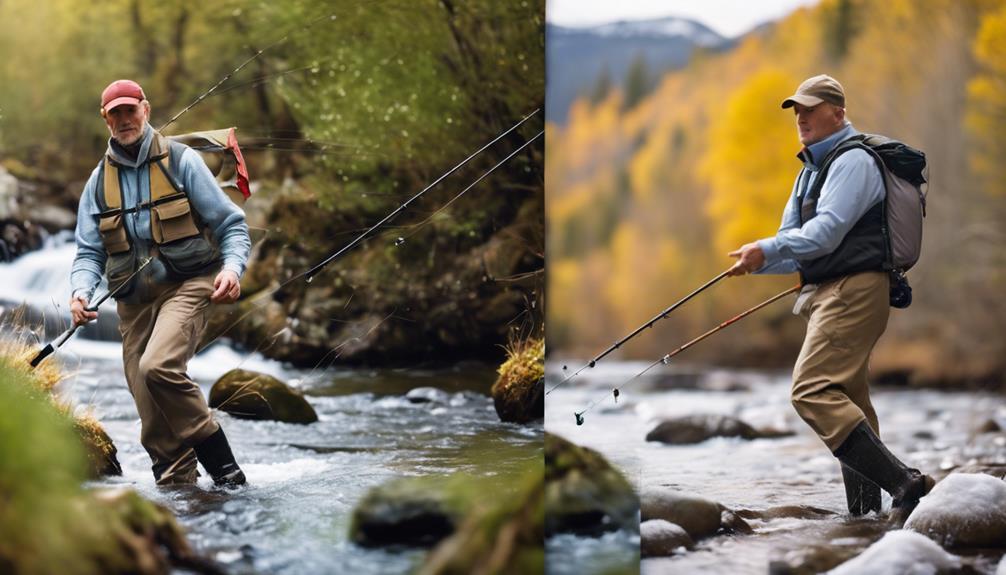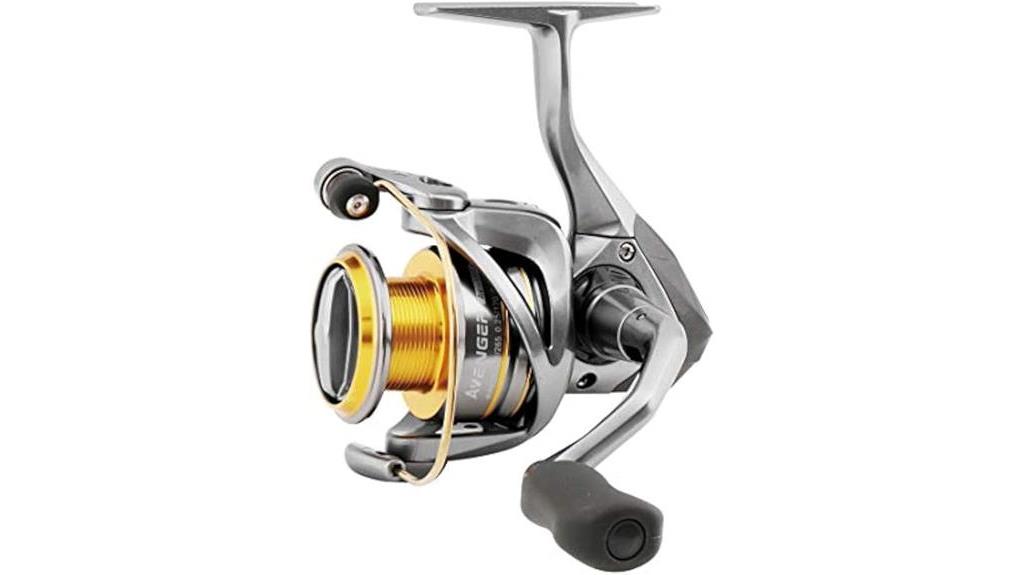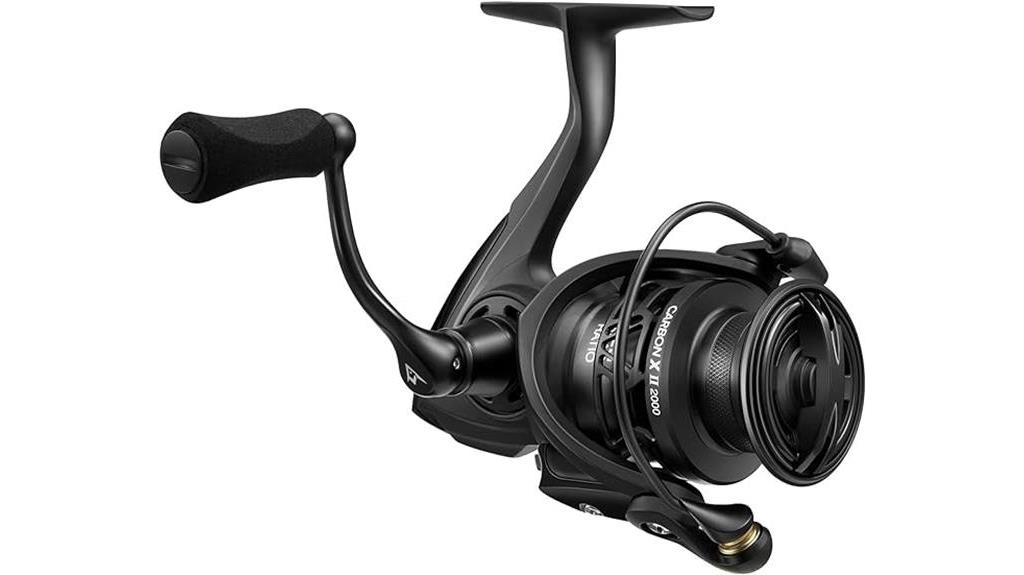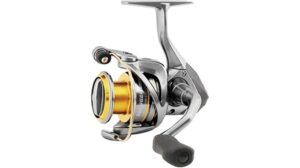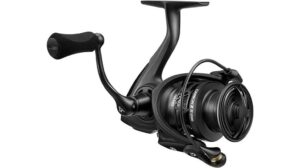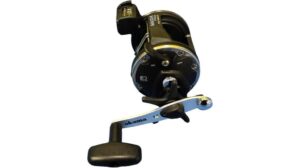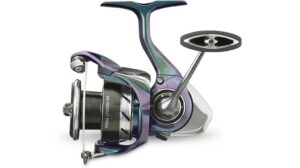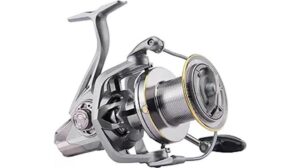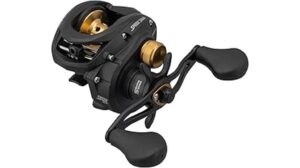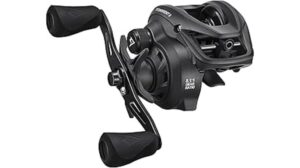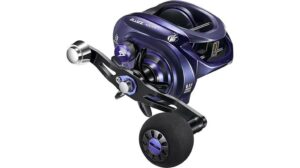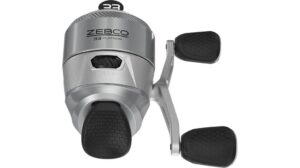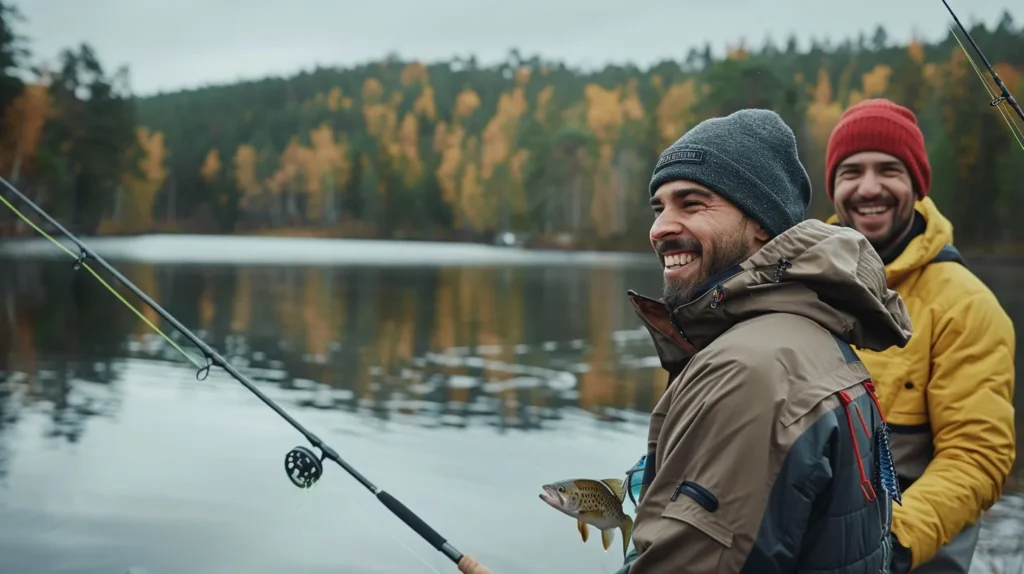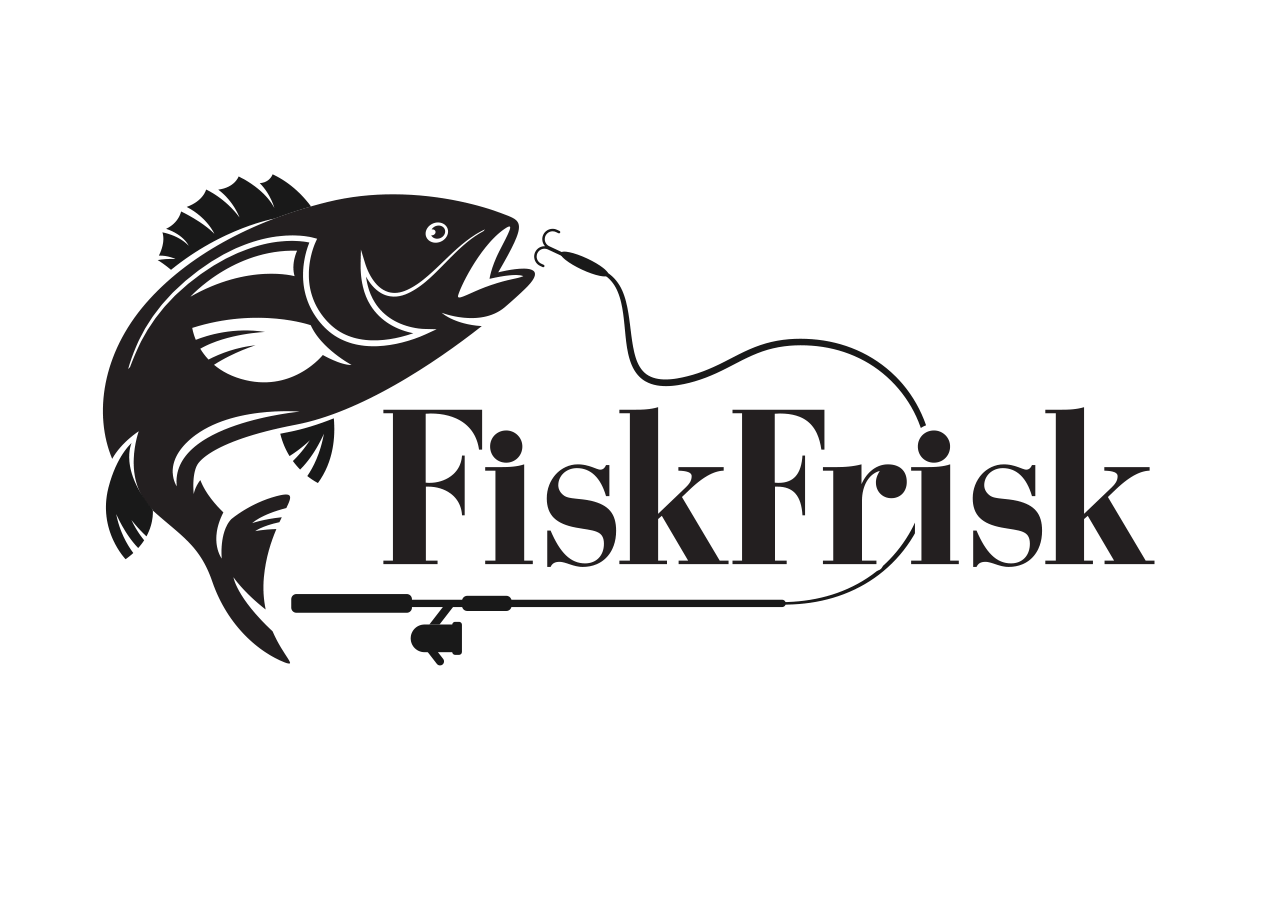We've found that successful fly fishing requires adapting to nature's rhythms year-round. In spring, we focus on lighter tackle as waters warm. Summer calls for fishing cooler hours and deeper pools. Fall sees us shifting to deeper waters with darker flies. Winter demands slower presentations and smaller flies in deep pools. Throughout the seasons, we're always reading the water, selecting appropriate flies, and adjusting our techniques. Essential gear, like insulated waders and layered clothing, keeps us comfortable in changing conditions. By understanding these seasonal nuances, we're able to enhance our catch rates and overall fishing experience. There's much more to explore in the world of seasonal fly fishing strategies.
Spring Tactics
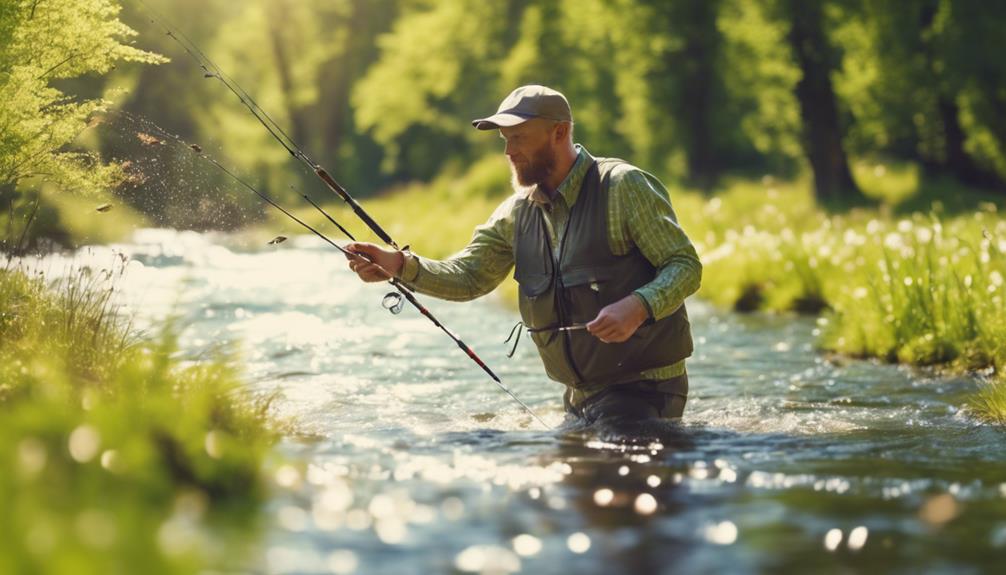
As spring breathes new life into rivers and streams, fly fishing enthusiasts enthusiastically anticipate the return of vibrant aquatic ecosystems and active fish. We're enthusiastic to explore the warming waters, where insects begin to hatch and fish become more active. Let's focus on lighter tackle, smaller flies, and delicate presentations. We'll target areas where fish gather to feed on emerging insects, adapting our techniques to match the changing conditions.
Summer Strategies
Summer's sweltering heat brings new challenges and opportunities for fly fishing enthusiasts, requiring us to adapt our strategies to the changing aquatic environment. As water temperatures rise and fish become more lethargic, we must adjust our approach. Here are four key strategies for summer fly fishing success:
- Fish during cooler hours
- Target deeper, oxygen-rich pools
- Use smaller, lighter flies
- Practice catch-and-release responsibly
Fall Techniques
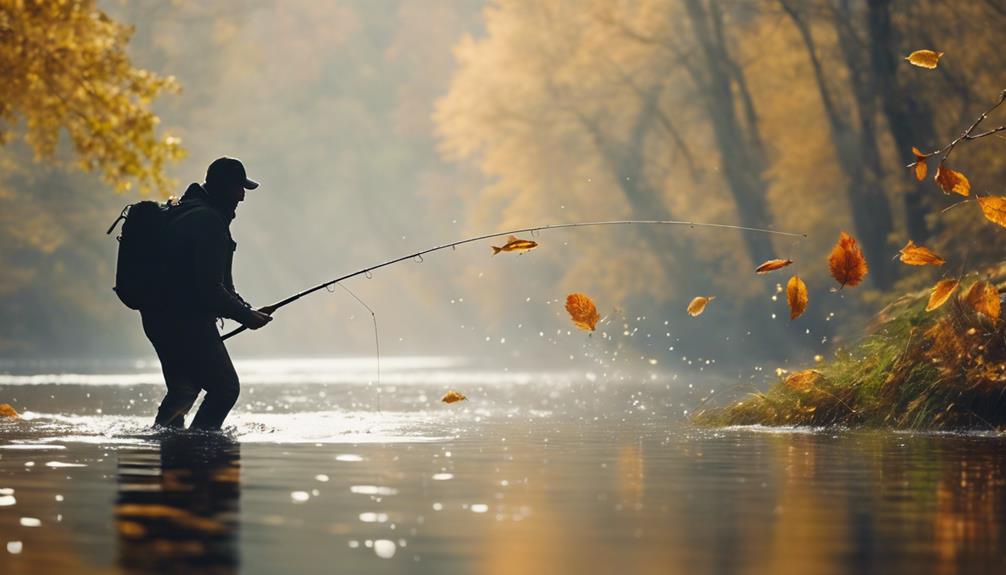
Fall's arrival brings a shift in fly fishing dynamics, prompting anglers to adapt their techniques for the changing conditions. We'll find success by focusing on deeper pools where fish congregate as water temperatures drop. Let's switch to darker, more subdued fly patterns that mimic the season's hatches. We should also pay attention to the increased activity during midday hours, when the water warms slightly, offering prime fishing opportunities.
Winter Approaches
With winter's chill approaching, we'll need to adjust our fly fishing strategies once again to tackle the unique challenges of cold-weather angling. Let's explore some essential winter approaches:
- Slow down our presentations
- Focus on deep pools where fish congregate
- Use smaller flies to match diminished insect activity
- Embrace midday fishing when water temperatures peak
These techniques will help us connect with those elusive winter trout, creating unforgettable moments on the icy streams we love.
Essential Gear
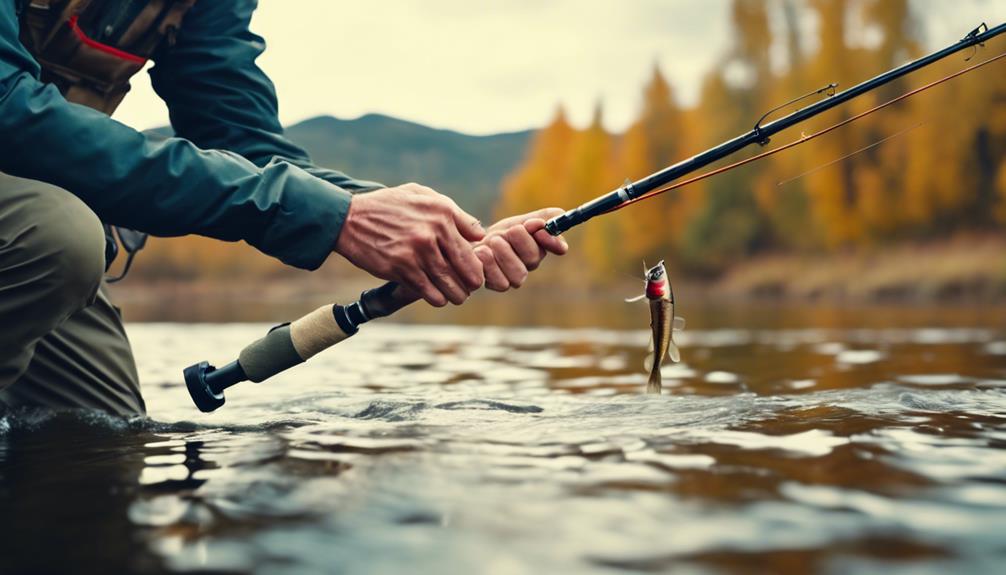
As we gear up for our winter fly fishing adventures, let's explore the essential equipment that'll keep us comfortable and successful on the chilly waters. We'll need insulated waders, layered clothing, and waterproof outerwear to stay warm and dry. Don't forget a sturdy rod, cold-water fly line, and a selection of winter-specific flies. Hand warmers, a thermos of hot coffee, and ice-resistant guides will also prove invaluable during our frosty outings.
Reading the Water
Three key elements define successful winter fly fishing: proper gear, suitable techniques, and the ability to read the water effectively. Let's explore how we can decipher the secrets hidden beneath the surface:
- Observe current patterns
- Identify feeding lanes
- Spot structure and cover
- Recognize temperature variations
Fly Selection and Presentation
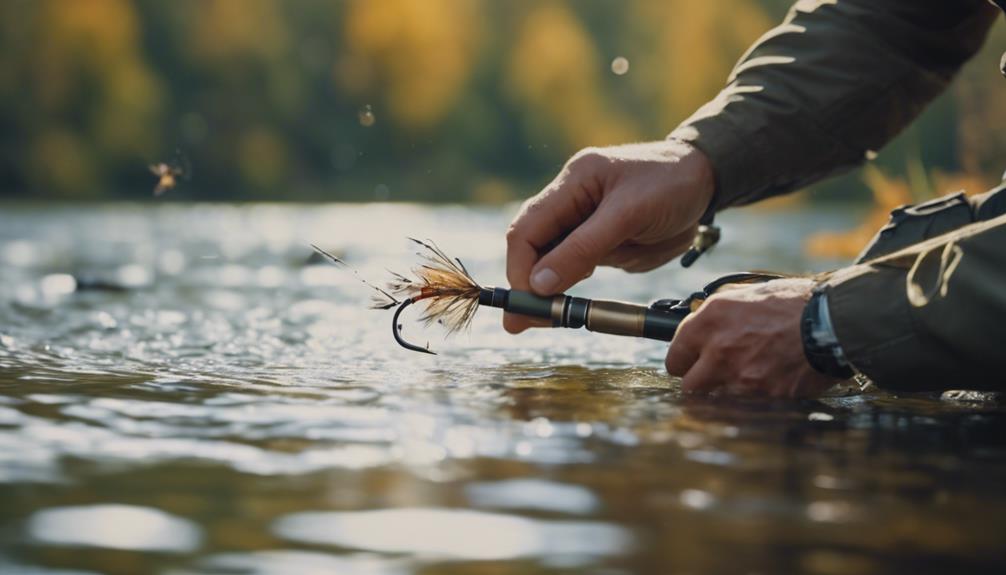
Now that we've mastered reading the water, let's turn our attention to the art of fly selection and presentation, which can make or break your fishing success. We'll explore how to match the hatch, considering factors like season, time of day, and water conditions. We'll also investigate the subtle techniques of presenting your fly naturally, mimicking the behavior of real insects to entice even the wariest of fish.
Conclusion
As we've explored, fly fishing success hinges on adapting to each season's unique conditions. We've shared our hard-earned insights, from spring's emergence patterns to winter's midge madness. But there's always more to learn. What techniques have you found most effective in your local waters? How do you adjust your approach as the seasons change? We'd love to hear your experiences and continue this intriguing discussion. After all, isn't the pursuit of knowledge part of what makes fly fishing so captivating?
